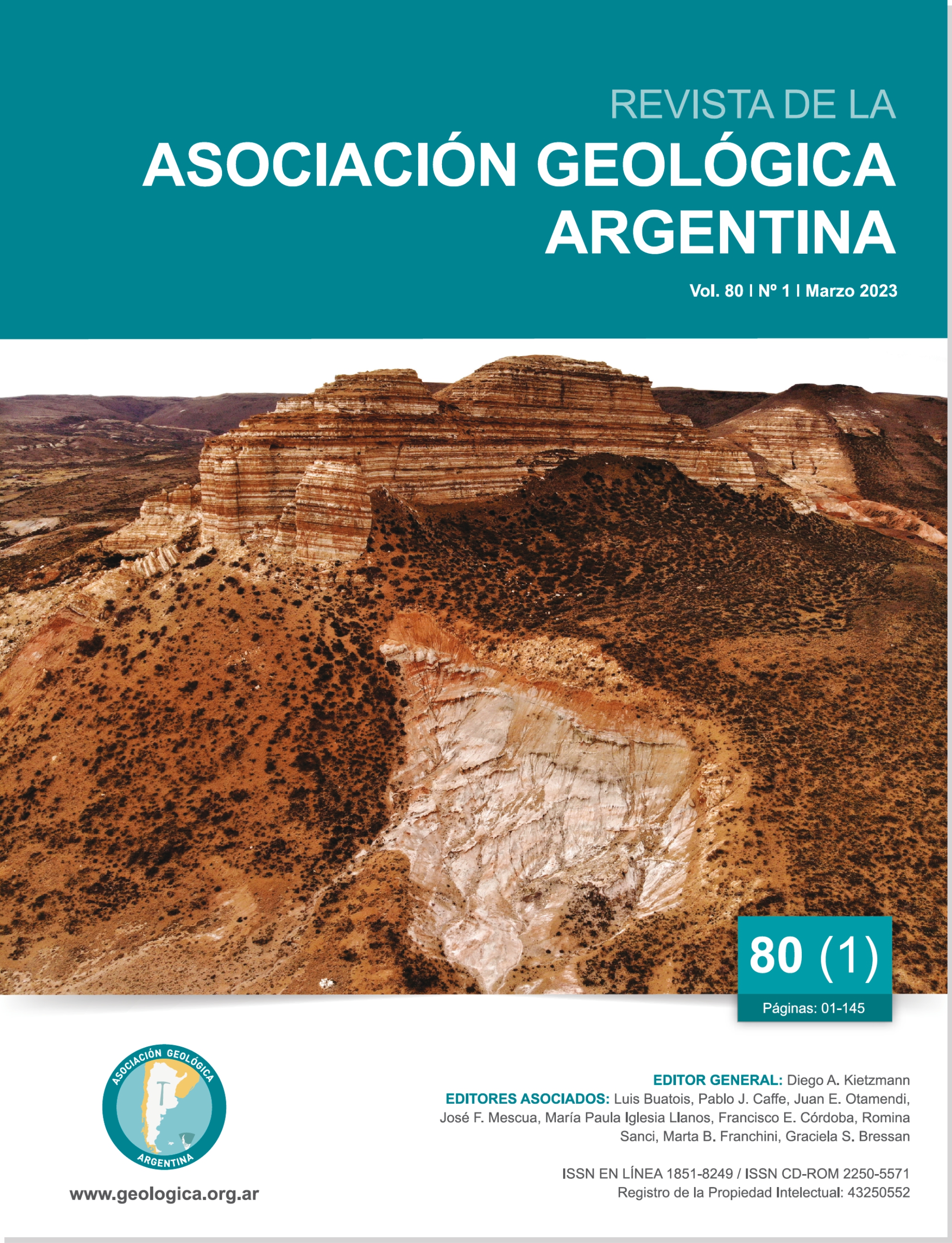Evaluación de riesgo semicuantitativa de flujo de detritos en el extremo norte de la Patagonia Argentina
Contenido principal del artículo
Resumen
Los flujos de detritos causan pérdidas humanas y daños materiales en muchos países alrededor del mundo. El riesgo asociado a menudo permanece desconocido debido a las incertidumbres y la falta de datos. Este estudio presenta una evaluación de riesgo semicuantitativa de flujo de detritos basada en un Enfoque de Matriz de Riesgo para superar esa limitación. Se definieron tres niveles de riesgo a través del análisis de amenazas y vulnerabilidad. Los escenarios de amenaza se modelaron en Flow path assessment of gravitational hazards at a regional scale (Flow-R). Se analizó la vulnerabilidad y se la definió de acuerdo a las características físicas de los elementos en riesgo. Las cuencas de Huaraco y Huinganco, en el norte de la Patagonia, fueron seleccionadas para un análisis detallado con base en la frecuencia y consecuencias de los flujos de detritos ocurridos entre los siglos XIX y XXI, que presentaron intervalos de recurrencia entre 30 y 56 años. Un estudio detallado del episodio del 8 de febrero de 2013 reveló velocidades de flujo y picos de descarga extremadamente altos, que arrastraron enormes rocas y produjeron daños significativos. La evaluación de riesgos determinó que, en las condiciones actuales, 38 personas podrían verse gravemente afectadas por futuros deslizamientos en el escenario de alta magnitud, con pérdidas de hasta 5.2 millones de dólares, debido a la destrucción de carreteras, puentes y edificios por los detritos.
Detalles del artículo

Esta obra está bajo una licencia internacional Creative Commons Atribución-NoComercial 4.0.
Nota de copyright
Los autores conservan los derechos de autor y garantizan a la revista el derecho de ser la primera publicación del trabajo licenciado según una licencia de atribución Creative Commons que permite a otros compartir el trabajo con el reconocimiento de la autoría y de la publicación en la que se publicó por primera vez.
Declaración de privacidad
Los nombres y direcciones de correo electrónico introducidos en esta revista se usarán exclusivamente para los fines declarados por esta revista y no estarán disponibles para ningún otro propósito u otra persona.

